
Most Amazing Images of Earth from 2010
Aei Album Earth From Moon
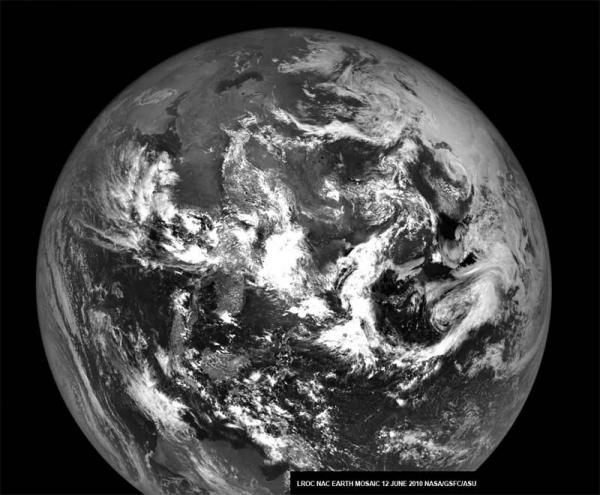
Planet Earth is a place of astounding beauty, from the depths of its oceans, to the edges of its atmosphere.
Here, we take a look back at 2010 through the amazing images of our home planet captured during the year from the ground, the ocean waves and the eagle-eyed view of space.
Above, an image of our home taken by NASA's Lunar Reconnaissance Orbiter on June 12 from a distance of 231,358 miles (372,335 km).
January 18
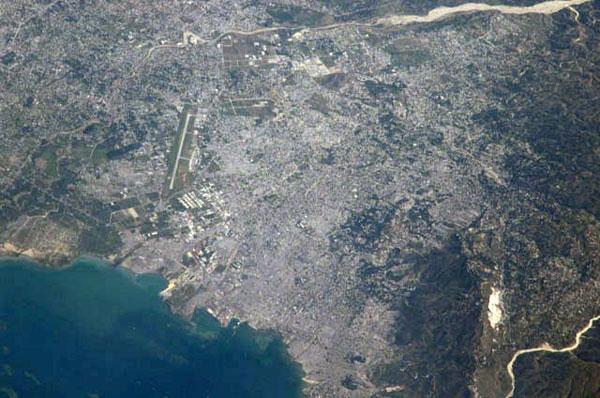
An Expedition 22 crew member onboard the International Space Station took this image of the 260-year-old city of Port-au-Prince on Jan. 18, 2010. This was a few days after the major 7.0 magnitude Haitian earthquake brought devastation to Port-au-Prince, Carrefour, and the surrounding region on Jan. 12.
February 7
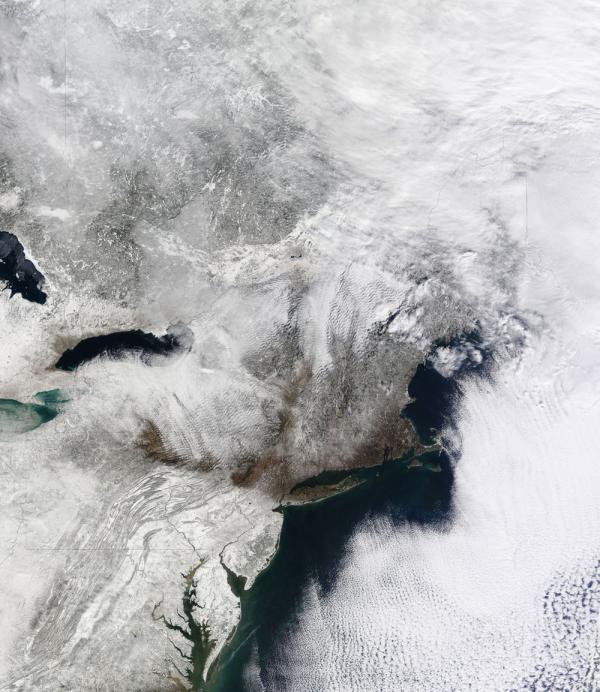
A severe winter storm nick-named the "Snowpocalypse 2010" dropped several feet of snow around the Washington, D.C., area in early February 2010 as seen in this image from NASA's Terra satellite. The blizzard left a record-breaking 32 inches (81 cm) of snow at Dulles International Airport in the nation's capital.
March 8
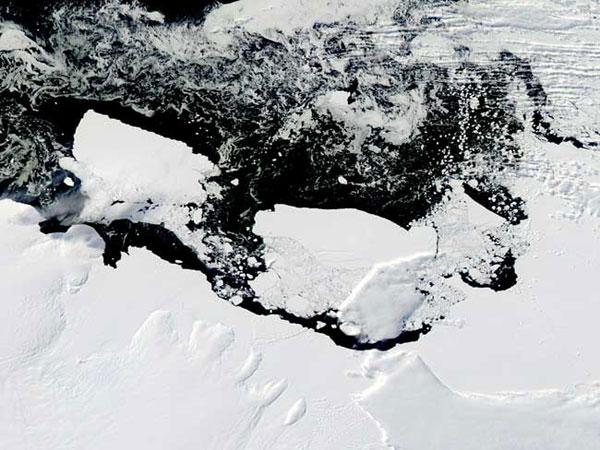
A newly created Antarctic iceberg and the giant berg that knocked it free were both visible in this satellite image taken on March 8. The two icebergs, each as big as a small state, drifted along the coast of East Antarctica. Once iceberg crashed into a larger glacier and knocked the other iceberg off. Antarctica has seen many new icebergs and collapsed ice shelves in recent years.
April 5
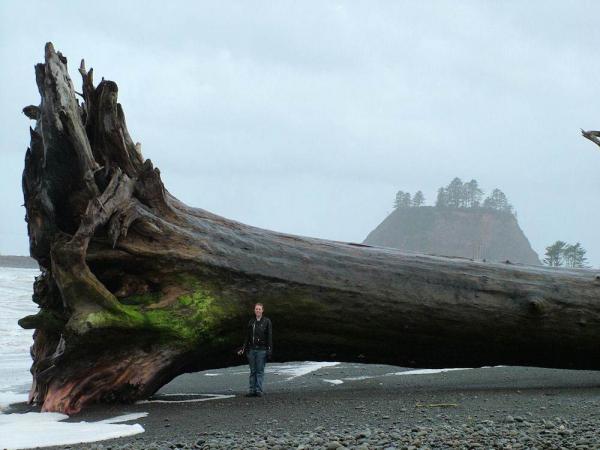
This "piece" of driftwood is actually called a drift log . It washed ashore in La Push, a small community on the northwest coast of Washington's most westerly peninsula. The sight isn't an uncommon one in the area. Powerful winds accompanied by high tides are required to bring these monsters ashore, and the area's winter storms often fill the bill. Phillip Lachman, a retired school teacher, snapped this image of the log on April 5. Lachman's daughter, Amanda, who is 6 ft (1.8 m) tall, is standing next to the drift log in the photograph he took.
Sign up for the Live Science daily newsletter now
Get the world’s most fascinating discoveries delivered straight to your inbox.
April 20
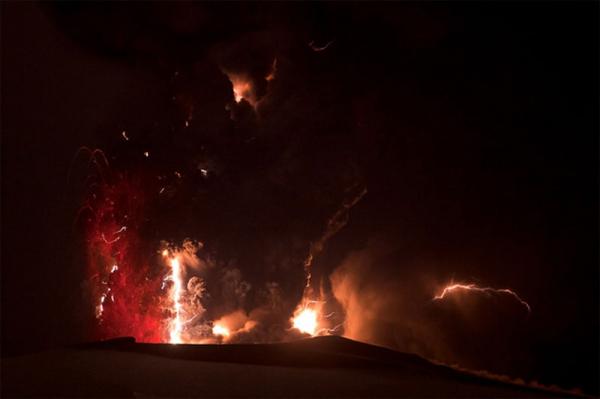
It may look like the special effects from a disaster movie, but the bolts of lightning photographed in the plume of the ash-spewing Icelandic volcano are real. Scientists don't know exactly how lightning is created in an ash cloud, but they expect it's a result of particles rubbing together, generating friction and electrical charges. In addition to the spectacular electric storm in its plume, the volcano created colorful sunsets around the world with its ash, which also hampered air travel over Europe.
May 17
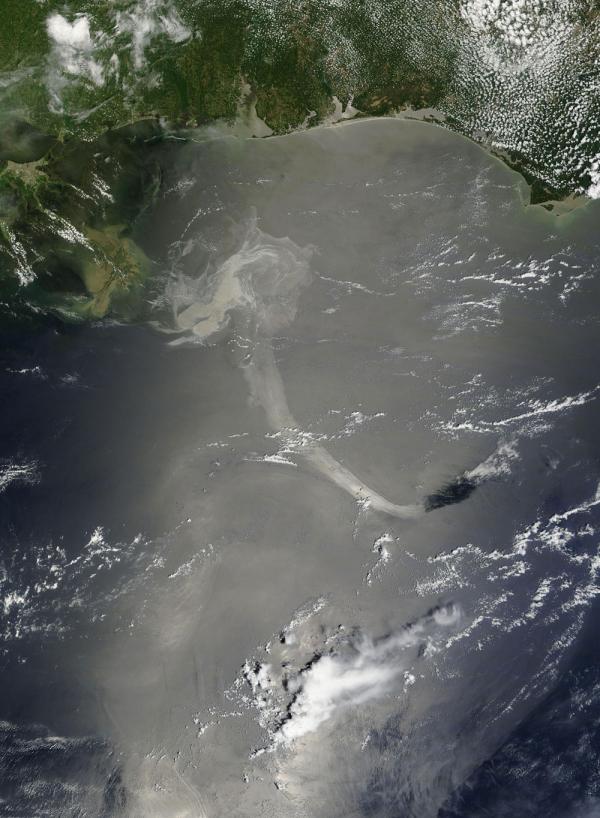
NASA's Terra satellite captured a visible satellite image of the Gulf oil spill on May 17 at 16:40 UTC (12:40 p.m. EDT). The oil slick appears as a dull gray on the water's surface and stretches south from the Mississippi Delta with what looks like a tail. The spill started when the rig Deepwater Horizon exploded and then sank on April 22, 2010. One analysis put the size of the spill at 10 times that of the Exxon Valdez disaster, and scientists have been monitoring the impact of the spill on local wildlife .
June 29

A rotten-flesh-smelling "corpse flower " officially known as Titan 3 bloomed on this day at Western Illinois University. By 9 p.m. CT (10 p.m. ET), Titan 3's green shell opened like an upside-down umbrella to reveal its deep-red bloom. The flower is a rare example of the Indonesian Titan Arum (Amorphophallus titanum) plant. Native to the equatorial rainforests of central Sumatra in western Indonesia, it evolved its horrendous odor to attract pollinating carrion beetles and flesh flies, which normally feed on rotting flesh.
July
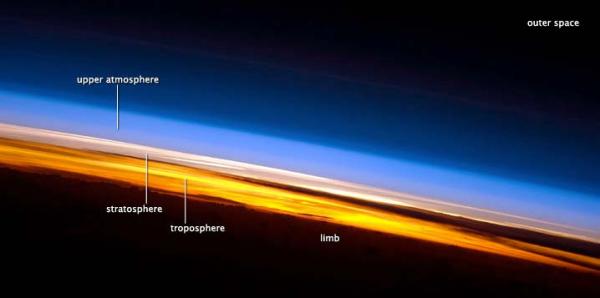
This image taken by astronauts aboard the International Space Station shows the various layers of Earth's atmosphere during sunset over the Indian Ocean. A brilliant sequence of colors in the image denotes each of the layers of Earth's atmosphere , which are visible here because the picture was taken while the space station had an edge-on, or limb, view of the Earth. From this vantage point, the Earth's curvature can also be made out.
August

This furry little creature was spotted by veteran wildlife photographer Paolo Torchio in Kenya's Masai Mara National Reserve. Torchio, who knows the animals of the area well, was puzzled by the beast, which had all the markings of a Thomson's gazelle (a type of antelope) but was unusually hirsute. Torchio crept alongside the shaggy creature for 15 minutes, snapping pictures, but eventually the spooked animal sped away. The Italian photographer spent the next five days trying to find the gazelle, but to no avail. Experts are unsure what gave the gazelle its excessive coat, though hypertrichosis an condition that leaves humans and other animals with excess hair
September 2
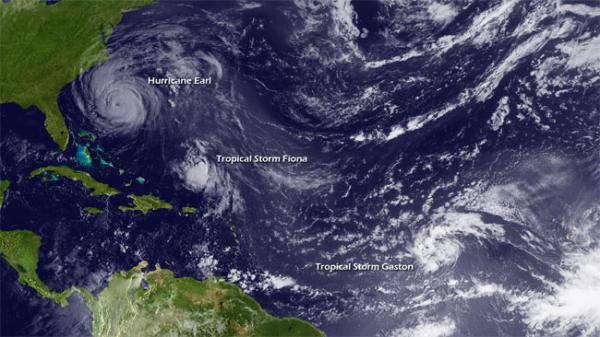
Three swirling hurricanes were captured roaring their way over the Atlantic Ocean on Sept. 2. At the time, Hurricane Earl was a Category 4 storm bearing down on the East Coast, while Tropical Storms Fiona and Gaston were one-third its strength. The 2010 hurricane season was one of the busiest on record , spawning 19 named storms, putting it in third place with 1887 and 1995. Unusually though, none of this season's hurricanes made landfall in the United States.











